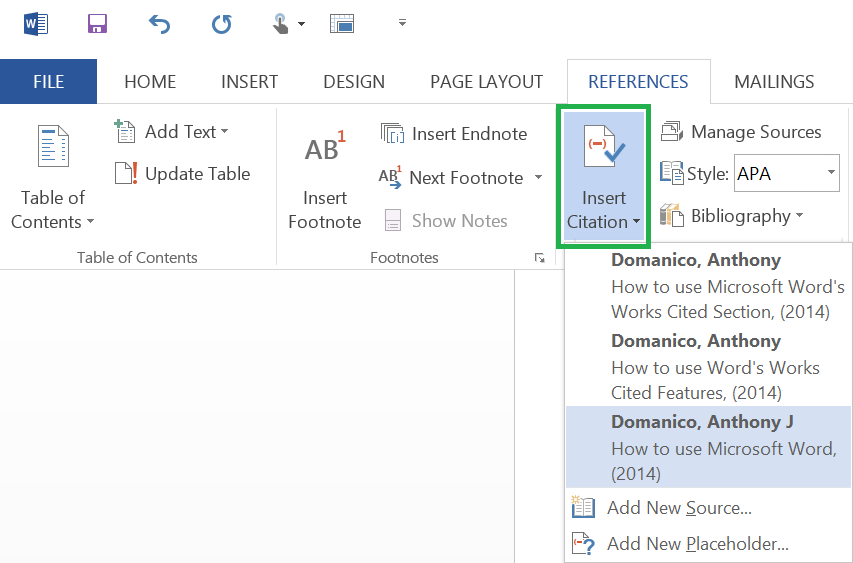
Even brief exposure to accented speech can help listeners improve their comprehension, thereby improving the level of service to international patrons. This article recommends developing listening training programs for library faculty and staff, based on research from the linguistics and language teaching fields. In addition to awareness-raising, practicing listening to accented speech has been shown to improve listening comprehension. Place your parenthetical citation at the end of the block of text, after the final punctuation mark. Note: For quotations that are more than four lines of prose or three lines of verse, display quotations as an indented block of text (one inch from left margin) and omit quotation marks. Gass and Varonis found that “the listener’s familiarity with the topic of discourse greatly facilitates the interpretation of the entire message” (85). One study found that “the listener's familiarity with the topic of discourse greatly facilitates the interpretation of the entire message” (Gass and Varonis 85). Research shows that listening to a particular accent improves comprehension of accented speech in general (Gass and Varonis 143 Thomas 24). Multiple works: (separate each work with semi-colons)

One study found that the most important element in comprehending non-native speech is familiarity with the topic (Gass and Varonis 163). Gass and Varonis found that the most important element in comprehending non-native speech is familiarity with the topic (163). In MLA style the author's name can be included either in the narrative text of your paper, or in parentheses following the reference to the source. Training Strategies for Improving Listeners' Comprehension of Foreign-accented Speech. "Teaching Native Speakers to Listen to Foreign-accented Speech." Journal of Multilingual and Multicultural Development, vol. Derwing and others conducted their training with students preparing to be social workers, but note that other professionals who work with non-native speakers could benefit from a similar program (258).ĭerwing, Tracey M., et al. Their training techniques are based on the research described above indicating that comprehension improves with exposure to non-native speech. If the source does not use page numbers, do not include a number in the parenthetical citation: (Smith).įor more information on in-text citation, see the MLA Style Center.Ī few researchers in the linguistics field have developed training programs designed to improve native speakers' ability to understand accented speech (Derwing et al.

The number should correspond to the present number of citations used in the text. Immediately after the punctuation mark that follows the borrowed information, mark the citation with a superscript number. MLA in-text citation style uses the author's last name and the page number from which the quotation or paraphrase is taken, for example: (Smith 163). Typically, in-text citations are indicated through the use of footnotes or endnotes. For every in-text citation in your paper, there must be a corresponding entry in your reference list. Include an in-text citation when you refer to, summarize, paraphrase, or quote from another source. Place the title in quotation marks if its a short work (such as an article) or italicize it if its a longer work (e.g.


 0 kommentar(er)
0 kommentar(er)
